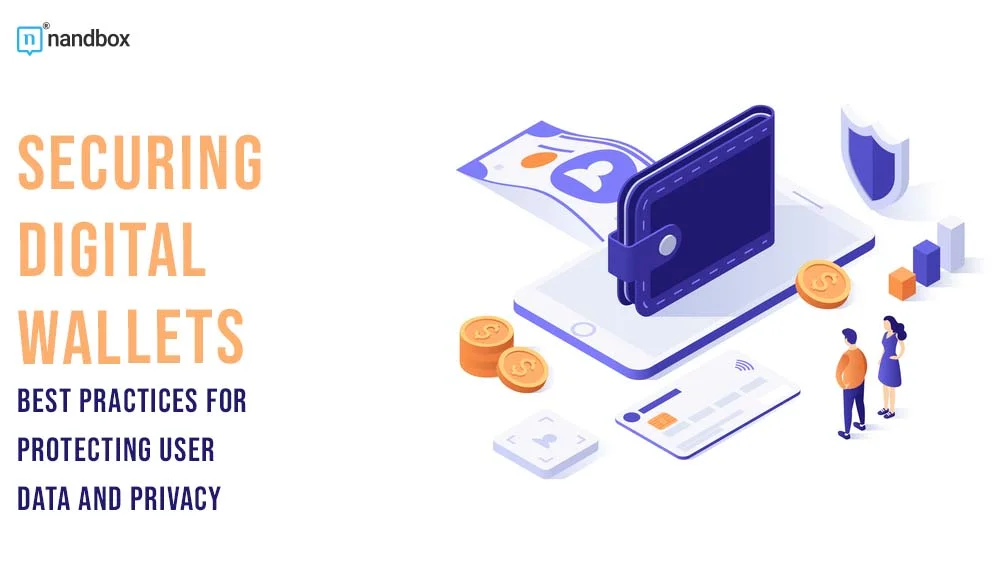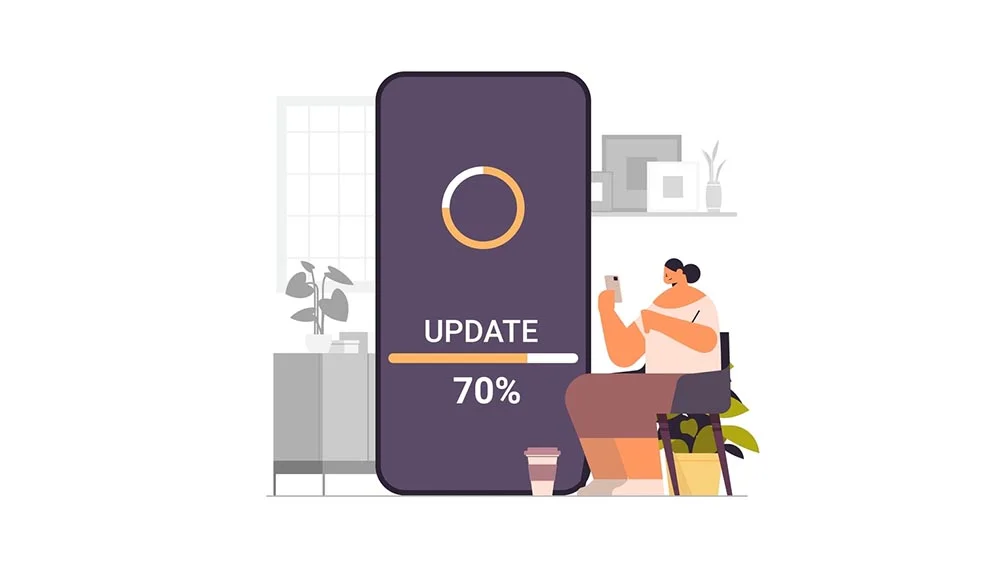In today’s digital era, digital wallets have become an integral part of managing financial transactions, offering convenience and efficiency. However, with their increasing use, ensuring the security and privacy of user data has never been more crucial. Just as crypto prop trading involves managing sensitive financial information with utmost security, safeguarding digital wallets requires robust practices to protect against breaches and unauthorized access. This article delves into best practices for securing digital wallets and maintaining user privacy.
Understanding the Risks of Not Securing Digital Wallets
Before implementing security measures, it’s important to understand the potential risks associated with digital wallets. These include:
- Data Breaches: Unauthorized access to personal and financial information stored in digital wallets.
- Fraudulent Transactions: Unauthorized transactions initiated by attackers who gain access to the wallet.
- Phishing Attacks: Attempts by cybercriminals to deceive users into disclosing their credentials through fake websites or emails.
- Malware: Malicious software designed to steal data or disrupt wallet functionality.
Mitigating these risks involves adopting a multi-layered approach to security, combining technology, user practices, and regulatory compliance.
Best Practices for Securing Digital Wallets
1. Use Strong Encryption
Encryption is fundamental to protecting digital wallet data. Strong encryption methods ensure that data transmitted between the user’s device and the wallet provider’s servers is secure. Most digital wallets use encryption to protect data at rest (stored data) and data in transit (data being sent or received).
- Advanced Encryption Standards (AES): AES is a widely used encryption standard that provides robust protection for stored data.
- Transport Layer Security (TLS): TLS encrypts data during transmission, safeguarding it from interception by unauthorized parties.
By implementing these encryption standards, digital wallet providers can ensure that sensitive information remains confidential and protected.
2. Securing Digital Wallets: Implement Multi-Factor Authentication (MFA)
Multi-factor authentication (MFA) adds an extra layer of security by requiring users to provide multiple forms of verification before accessing their digital wallet. This typically includes:
- Something the user knows: A password or PIN.
- Something the user has: A smartphone or security token.
- Something the user is: Biometric data, such as fingerprints or facial recognition.
MFA significantly reduces the risk of unauthorized access, as even if a password is compromised, the additional authentication factors provide an extra barrier to entry.
3. Regularly Update Software
Keeping digital wallet software and apps up to date is essential for maintaining security. Software updates often include patches for known vulnerabilities and improvements to enhance security features.
- Automatic Updates: Many digital wallets offer automatic updates to ensure users receive the latest security enhancements without manual intervention.
- User Awareness: Users should also be encouraged to regularly check for updates and install them promptly to protect against newly discovered threats.
4. Securing Digital Wallets: Educate Users on Security Practices
User education is crucial in preventing security breaches. Digital wallet providers should offer guidance and resources to help users understand and adopt best security practices, including:
- Recognizing Phishing Attempts: Educate users on how to identify phishing emails or fake websites designed to steal credentials.
- Creating Strong Passwords: Encourage users to create complex, unique passwords and avoid using easily guessable information.
- Secure Device Practices: Advice users to secure their devices with strong passwords or biometric locks and avoid using public Wi-Fi for financial transactions.
5. Implement Transaction Monitoring
Monitoring transactions can help detect suspicious activity and prevent fraud. Digital wallets should incorporate real-time monitoring systems that:
- Flag Unusual Transactions: Identify and alert users to transactions that deviate from their usual spending patterns.
- Provide Notifications: Send alerts for transactions, login attempts, and changes to account settings to keep users informed.
Transaction monitoring helps in early detection of potential fraud and provides users with the opportunity to respond quickly.
6. Adopt Secure APIs and Third-Party Integrations
Digital wallets often integrate with third-party services through Application Programming Interfaces (APIs). Ensuring that these APIs and integrations adhere to security standards is vital:
- API Security: Implement strict security measures, such as API keys and access controls, to prevent unauthorized access.
- Regular Audits: Conduct regular security audits of third-party services to ensure they meet security and privacy requirements.
Secure APIs and third-party integrations contribute to the overall security of the digital wallet ecosystem.
7. Backup and Recovery Options
Providing users with backup and recovery options ensures they can regain access to their digital wallet in case of device loss or malfunction:
- Secure Backup: Offer encrypted backup options for wallet data, allowing users to store their information securely.
- Recovery Procedures: Implement robust recovery procedures that require verification of user identity before restoring access to the wallet.
Backup and recovery options help protect users from losing access to their funds and information.
8. Compliance with Regulations
Digital wallet providers must adhere to regulatory requirements and industry standards to ensure data protection and privacy:
- Data Protection Regulations: Comply with regulations such as the General Data Protection Regulation (GDPR) and the California Consumer Privacy Act (CCPA) to safeguard user data.
- Financial Regulations: Follow financial regulations and standards to ensure secure and compliant handling of financial transactions.
Compliance with regulations enhances trust and provides users with assurance that their data is handled responsibly.
Conclusion
Securing digital wallets involves a multi-faceted approach that includes strong encryption, multi-factor authentication, regular software updates, user education, transaction monitoring, secure APIs, backup options, and regulatory compliance. By implementing these best practices, digital wallet providers can protect user data and privacy, preventing unauthorized access and minimizing the risk of fraud.
The principles of securing digital wallets parallel those in crypto prop trading, where managing sensitive financial information securely is essential. Just as traders use advanced security measures to protect their investments, digital wallet users benefit from robust security practices that ensure their financial data remains safe.
As technology continues to advance, digital wallet security will need to adapt to new threats and challenges. Embracing best practices and staying vigilant will help ensure that digital wallets remain a secure and reliable tool for managing financial transactions and protecting user privacy.




